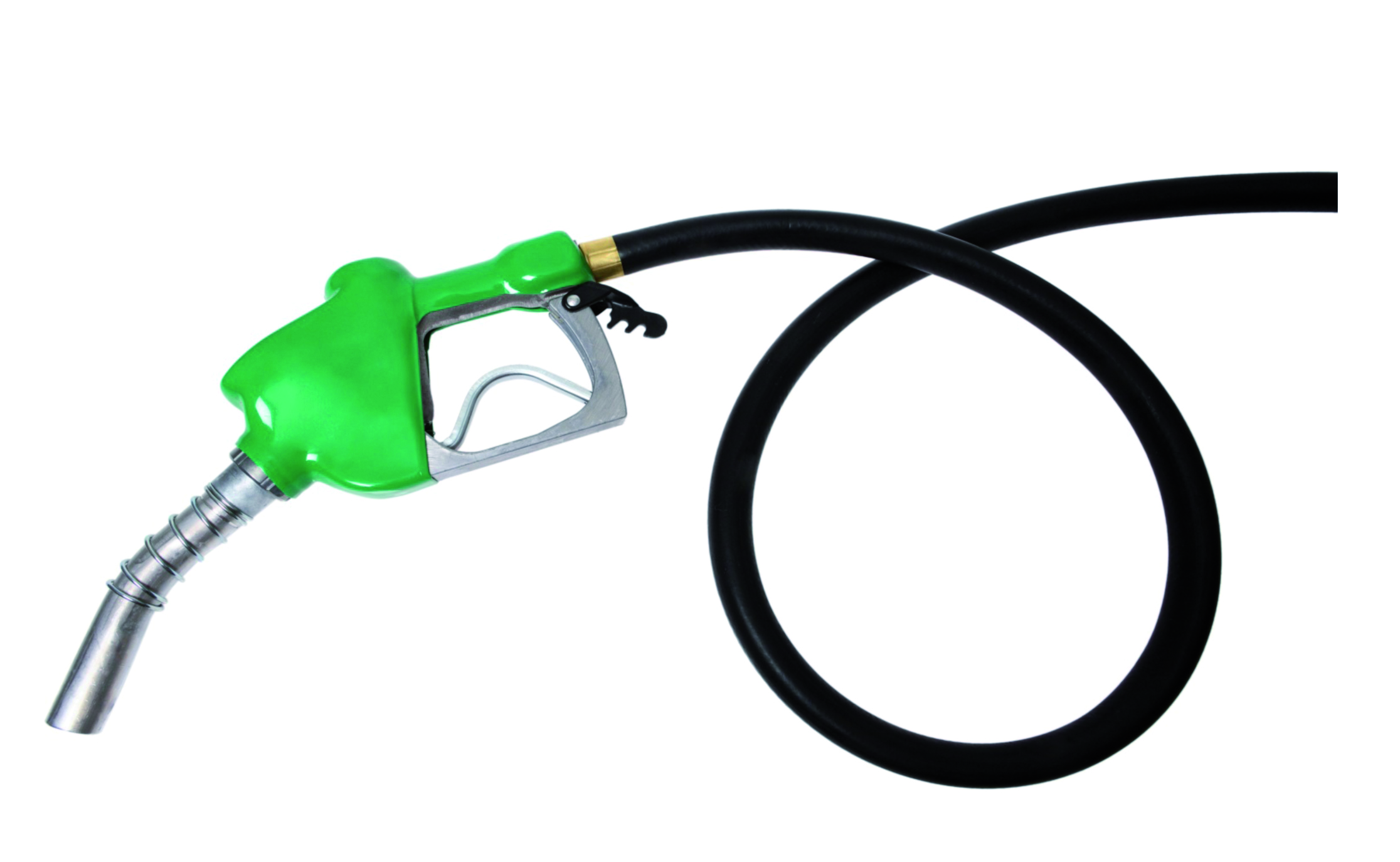Vast majority car-owning households within three miles of big four supermarkets
Almost four fifths (78%) of households with a car or van now have a big four supermarket filling station on their doorstep.
Analysis by the RAC Foundation shows that of the 19.6 million homes in the UK that have access to a car or van 15.2 million are situated within three miles (as the crow flies) of at least one Tesco, Sainsbury’s, Asda or Morrisons fuel forecourt.
When the net is widened to five miles that figure rises to 17.3 million (88%).
At ten miles it jumps to 19 million (97%).
| Car or van owning households | ||||
| Total | Within 3 miles of supermarket fuel | Within 5 miles of supermarket fuel | Within 10 miles of supermarket fuel | |
| England | 16.4 m | 13 m
(79%) |
14.8 m
(90%) |
16.2 m
(99%) |
| NI | 544,000 | 285,000
(52%) |
346,000
(64%) |
461,000
(85%) |
| Scotland | 1.65 m | 1.19 m
(72%) |
1.35 m
(82%) |
1.49 m
(90%) |
| Wales | 1 m | 692,000
(69%) |
808,000
(81%) |
937,000
(94%) |
| UK | 19.6 m | 15.2 m
(78%) |
17.3 m
(88%) |
19 m
(97%) |
(Note: The analysis does not include Tesco Express Esso forecourts.)
According to Experian Catalyst and the Petrol Retailers Association (PRA) – which represents independent forecourt owners – there are currently 8,394 filling stations in the UK:
- Supermarket (including sites away from a supermarket but which are owned and operated by them) – 1,562 sites
- Dealer (independently owned, generally branded with the name of the supplying oil company) – 5,492 sites
- Company (owned by the supplying oil company whose names appears on the sign) – 1,340 sites
Of the big four supermarkets:
- Tesco has 507 sites
- Morrisons has 335 sites
- Sainsbury’s has 312 sites
- Asda has 321 sites
The PRA estimates that in the UK, supermarket sites account for approximately 49% of all petrol sold by volume and 43% of all diesel. Overall, the supermarket share is 44.6%.
The PRA says that 70% of independent filling stations that were operating in 2000 have since closed.
Many independent forecourt operators are increasingly reliant on non-fuel sales to bolster income. Industry figures suggest that in urban areas away from supermarkets, some independents are seeing as many as four out of five customers visiting only the shop and not filling up on the forecourt at all.
Last year the Conservative MP Robert Halfon and Fair Fuel UK wrote to the Competition and Markets Authority (CMA) asking that it ensure the proposed merger between Asda and Sainsbury’s does not lead to higher pump prices. As it stands, the combined group would have around 18% of the retail fuel market making it the biggest player in the sector.
In February 2019 the CMA warned that, as it stands, “the merger would create the largest retailer of fuel by volume in the UK and that “the deal could lead to inflated fuel costs at more than 100 locations where Sainsbury’s and Asda petrol stations overlap.”
Sainsbury’s and Asda responded by saying that to help address concerns they would sell some forecourts and, post-merger, also commit to:
“Sainsbury’s implementing a cap on fuel gross profit margin above cost of 3.5 pence per litre at all Sainsbury’s fuel locations for a period of five years post-merger. Asda will continue to maintain its current low-cost price policy.”
———————————————————————————————–
The CMA published its provisional findings into the proposed Asda/Sainsbury’s merger on 21 February 2019:
https://www.gov.uk/government/news/sainsburys-asda-merger-could-push-up-prices-and-reduce-quality
The CMA said the merger would “create the largest fuel retailer of fuel by volume in the UK” and believed “The deal could lead to inflated fuel costs at more than 100 locations where Sainsbury’s and Asda petrol stations overlap.”
Sainsbury’s and Asda published their response to the provisional findings
The companies promised to sell some petrol filling stations and also made commitments that would see:
“Sainsbury’s implementing a cap on fuel gross profit margin above cost of 3.5 pence per litre at all Sainsbury’s fuel locations for a period of five years post-merger. Asda will continue to maintain its current low-cost price policy.”
Petrol Retailers Association Market Review 2019:
https://www.ukpra.co.uk/assets/documents/market-review-pra-2019.pdf
According to the RAC:
“An RAC Fuel Watch analysis of average supermarket fuel prices compared to the UK average shows the big four supermarkets are an average of 3p cheaper for both unleaded and diesel, but this can vary from a minimum of just under a penny cheaper to a maximum of nearly 5p less expensive.”
This research uses the following data sources:
Retail Points © Geolytix copyright and database right 2018
Contains Ordnance Survey data © Crown copyright and database right 2018
Contains Royal Mail data © Royal Mail copyright and database right 2018
Contains National Statistics data © Crown copyright and database right 2018
Google Places API ![]()
This research defines a supermarket petrol station as a full-line “Big Four” supermarket (as per the Geolytix dataset) for which there is a petrol station of the same brand name within 500 metres as-the-crow-flies from the supermarket’s central point (from the Google Places API). As a result, it does not classify Tesco Express Esso stations as supermarket petrol stations. It also does not include any standalone supermarket petrol stations (e.g., ASDA standalone stations) for the same reason.


